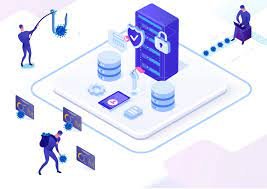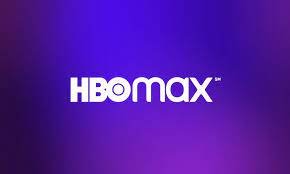Unveiling the Windows PowerShell Virus: A Potent Threat in the Digital Landscape

Introduction:
In the ever-evolving landscape of cybersecurity threats, viruses have remained a persistent concern. Among the diverse array of malicious software, one type that has gained notoriety is the Windows PowerShell virus. This insidious breed of malware capitalizes on the powerful command-line interface provided by Microsoft’s PowerShell, enabling attackers to wreak havoc on unsuspecting systems. In this article, we will explore the nature of the Windows PowerShell virus, its potential implications, and preventive measures to safeguard against this growing menace.
Understanding Windows PowerShell: Windows PowerShell is a robust scripting language and automation framework developed by Microsoft for task automation and configuration management. Its power lies in its ability to execute commands and scripts with extensive access to the underlying operating system. This versatility, however, also makes it an attractive target for cybercriminals seeking to exploit its capabilities for malicious purposes.
Unleashing the Windows PowerShell Virus:
The Windows PowerShell virus is a strain of malware that exploits PowerShell’s functionality to infect systems and compromise their security. This type of virus typically infects machines through phishing emails, malicious downloads, or compromised websites. Once a system is infected, the virus can execute arbitrary commands, download and execute additional malware, exfiltrate sensitive data, or create a backdoor for remote access.
Advanced Techniques Employed by Windows PowerShell Viruses:
a. Obfuscation and Encryption: To evade detection by security software, Windows PowerShell viruses often employ obfuscation techniques that disguise their malicious intent. Encryption is another method employed to hide command payloads and make it difficult for security analysts to analyze and decipher the malware’s behavior.
b. Fileless Infections: Unlike traditional viruses that rely on file-based payloads, Windows PowerShell viruses often operate “filelessly.” By residing only in memory, they leave behind minimal traces on the infected system, making detection and removal significantly more challenging.
Potential Impacts of Windows PowerShell Viruses:
The ramifications of a Windows PowerShell virus infection can be severe. Some of the potential consequences include:
a. Data Breaches: The virus can exfiltrate sensitive information such as login credentials, financial data, or intellectual property, leading to data breaches with serious implications for individuals and organizations.
b. System Compromise: Windows PowerShell viruses can provide attackers with complete control over an infected system, allowing them to execute arbitrary commands, install additional malware, or launch destructive actions that can render the system unusable.
c. Network Propagation: Once a system is compromised, Windows PowerShell viruses can exploit network vulnerabilities to spread and infect other machines within the same network, amplifying the potential damage and compromising an entire organization’s infrastructure.
Preventive Measures against Windows PowerShell Viruses:
a. User Education and Awareness: Promoting cybersecurity literacy among users is crucial to prevent infections. Organizations and individuals should educate themselves about phishing techniques, safe browsing habits, and the risks associated with opening suspicious email attachments or downloading files from untrusted sources.
b. Endpoint Protection: Employing robust endpoint protection solutions that include real-time threat detection, malware scanning, and behavior-based analysis can help detect and mitigate Windows PowerShell viruses.
c. Regular Software Updates: Keeping operating systems, applications, and security software up to date is vital to patch vulnerabilities and protect against known exploits used by Windows PowerShell viruses.
d. Restricting PowerShell Usage: Limiting the execution of PowerShell scripts to authorized personnel and monitoring the activities of PowerShell processes can help prevent unauthorized use and potential malware execution.
Conclusion:
The Windows PowerShell virus represents a significant threat in the realm of cybersecurity, leveraging the power of a legitimate scripting language for nefarious purposes. As cybercriminals continue to refine their techniques, it is essential for individuals and organizations to remain vigilant, implement preventive measures, and stay informed about




